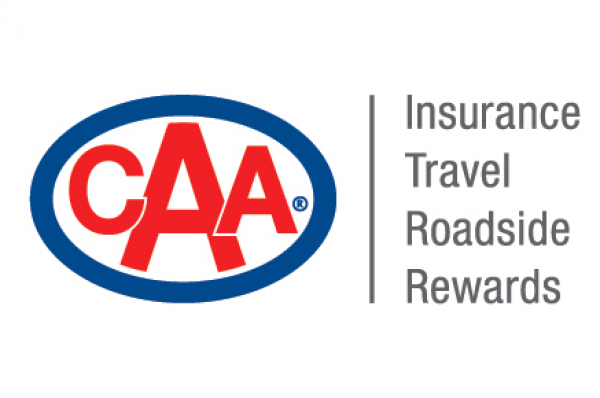CAA Manitoba (CAA MB) is encouraging Manitoba drivers to remain vigilant this month by driving responsibly – and sober. In a recent survey conducted by CAA Manitoba, alarming data highlights concerns related to cannabis-impaired driving, particularly involving edibles. Key findings from the 2023 survey found that since legalization, a third of cannabis-impaired drivers (27 per cent) in Manitoba have driven a vehicle after consuming an edible form of cannabis.
“The data shows us that there is a significant number of impaired drivers under the influence of edible cannabis, which poses a great risk to road safety,” says Ewald Friesen, community and government relations manager at CAA Manitoba. “Edibles pose a greater risk for impairment and road safety since they can often take up to two hours for the effects to kick in.”
According to the survey, 61 per cent of cannabis-impaired drivers in Manitoba wait less than three hours before getting behind the wheel. Due to the prolonged absorption of edible cannabis, the potential for drivers to get behind the wheel before they even realize they are beginning to feel the effects poses a serious risk to road safety.
The data shows that 89 per cent of Manitoba drivers agree that driving under the influence of cannabis is a serious risk to road safety. However, 67 per cent of cannabis-impaired drivers feel confident in their ability to drive.
“While some believe that cannabis doesn’t impair their driving ability, it has been proven to affect coordination, reaction time, decision-making and the ability to pay attention. We would like to see more public education and awareness on the risks of cannabis-impaired driving,” says Friesen.
More than half of Manitoba drivers (64 per cent) believe that cannabis-impaired driving is the most important public education topic related to cannabis – more than education on health risks (63 per cent) and health risks for youth under 25 (59 per cent).
Despite the concern for road safety and driving impairment, 21 per cent of Manitoba drivers are not aware of the penalties that could be faced for any type of impaired driving. According to Manitoba Public Insurance, this can include an immediate 24-hour licence suspension with a maximum of 60 days upon further testing, a $400 vehicle impoundment of three days, a mandatory Impaired Driver Assessment at the driver’s expense and potential charges under the Criminal Code of Canada.
CAA is encouraging motorists to get informed, know the rules, and make the right choices – don’t get behind the wheel when impaired. Instead, make alternate arrangements, such as utilizing rideshare services, to ensure a safe journey home.
Dig Insights conducted an online survey on behalf of CAA Manitoba between June 22 to July 5, 2023, of 500 Manitoba drivers aged 19-75 who had access to a vehicle. Based on the sample size and the confidence level (95 per cent), the margin of error for this study was +/- 3 per cent.





